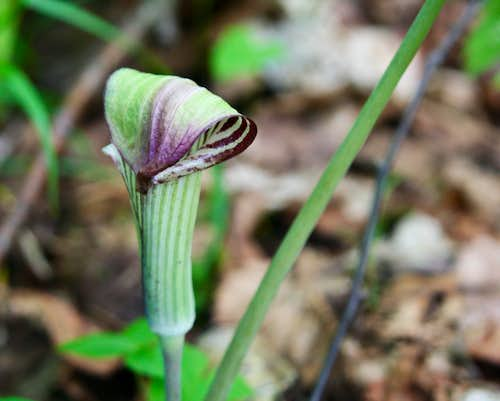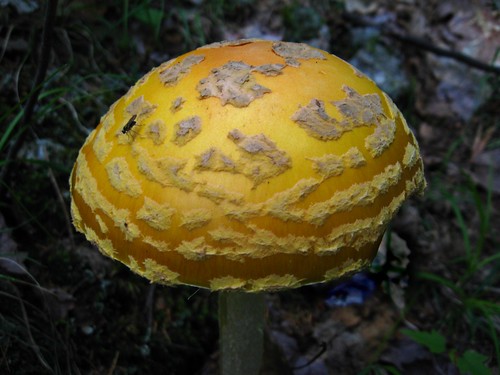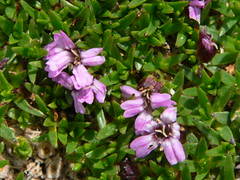nartreb
Well-known member
Took lots of photos today, here are just a few to start with...
First off, can anybody identify this?? (EDIT: I can. see my next post.)
Reddish stems, no leaves, growing in a cluster in mostly-shaded, damp soil. Flowers quite small: about the size of a wasp's head.

Plenty of these (C. Acaule) still around, though some are now past prime

Oh, and when was the last time you saw this {A. Caerulea?} in New England?

(I'm pulling your legs on the last one - it's from the front garden!)
First off, can anybody identify this?? (EDIT: I can. see my next post.)
Reddish stems, no leaves, growing in a cluster in mostly-shaded, damp soil. Flowers quite small: about the size of a wasp's head.

Plenty of these (C. Acaule) still around, though some are now past prime

Oh, and when was the last time you saw this {A. Caerulea?} in New England?

(I'm pulling your legs on the last one - it's from the front garden!)
Last edited:





















